Der ersten Bilder des James Webb Space Telescopes
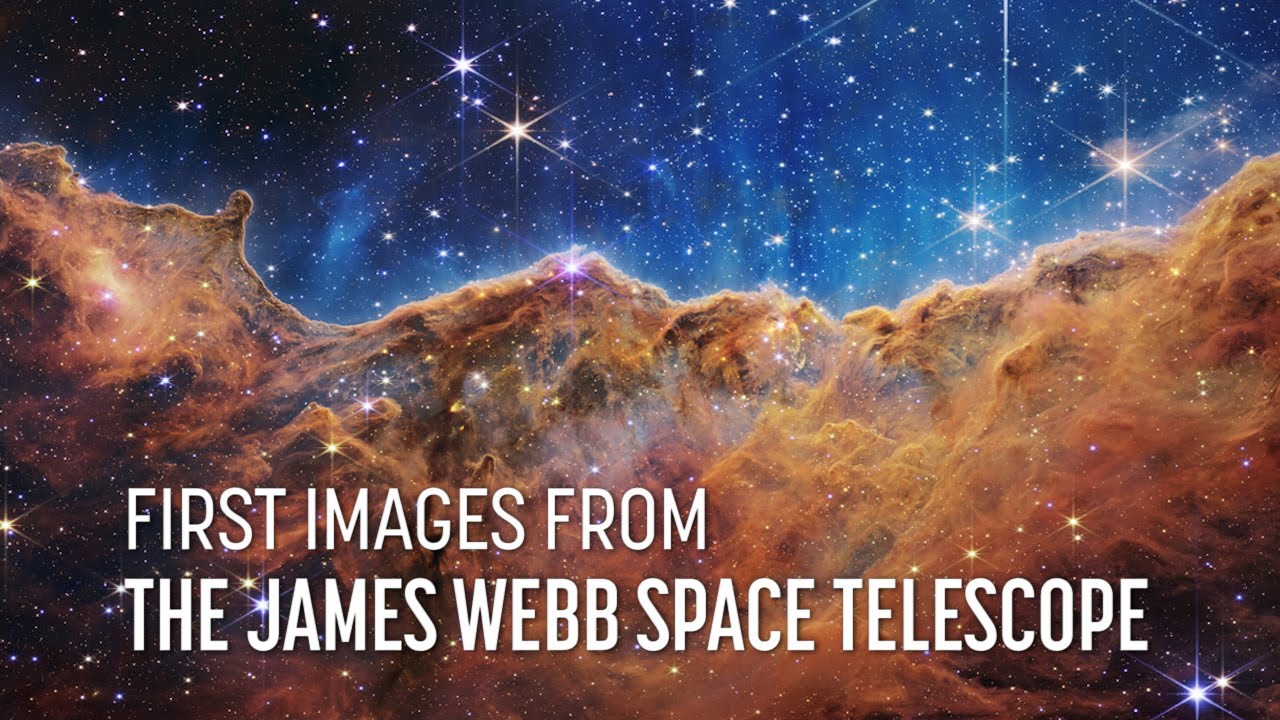
Ich habe es ehrlicherweise ein bisschen verdödelt, weil ich derzeit einen recht vollen Kopf habe. Natürlich bekam ich es mit, aber die Begeisterung blieb eigentlich bis eben aus, als ich beschloss, dass ich mich da jetzt auch mal informieren muss und natürlich auch will. Also ich wollte schon vorher, aber hatte einfach die Kapazitäten nicht. Jetzt hatte ich sie und muss sagen, dass ich auf eine sehr wissenschaftliche Weise erregt bin. Ich sitze hier mit meinem Space Boner und gucke das Video da oben und finde es natürlich ein bisschen sehr schmackig, aber ich verstehe auch, warum das alles so fucking großartig ist. Da stört mich auch der Präsident Biden nicht, der hier allein die USA abfeiert, obwohl wir natürlich wissen, dass das Budget in der letzten Legislatur massivgekürzt wurde und an dem Projekt sowieso auch die kanadische (CSA) und die europäische (ESA) Weltraumagentur beteiligt sind. Aber ich glaube, die USA brauchen gerade ihre sauberen Erfolge und ein bisschen Hoffnung für die Zukunft. Es sei ihnen vergönnt.
Auf jeden Fall ist das Bild des Carina Nebels einfach so unglaublich schön, es ist gerade mein Desktop-Hintergrund, wie es sich gehört. Es folgen nun alle präsentierten Bilder mit Texten direkt von der NASA – einfach zum Träumen und Schwelgen und zum Abfeiern der tollen Seiten der Menschheit.
Auf den Seiten der NASA findet ihr noch weiterführende Infos, diese Bilder hier in höherer Auflösung, natürlich noch mehr über das JWST und einfach eine gute Zeit, weil man da richtig gut stöbern und sich so leidlich in den Tiefen des Universums verlieren kann, wie wir es manchmal brauchen und ich es einigen anderen manchmal gerne wünsche.

Carina Nebula
This landscape of “mountains” and “valleys” speckled with glittering stars is actually the edge of a nearby, young, star-forming region called NGC 3324 in the Carina Nebula. Captured in infrared light by NASA’s new James Webb Space Telescope, this image reveals for the first time previously invisible areas of star birth.
Called the Cosmic Cliffs, Webb’s seemingly three-dimensional picture looks like craggy mountains on a moonlit evening. In reality, it is the edge of the giant, gaseous cavity within NGC 3324, and the tallest “peaks” in this image are about 7 light-years high. The cavernous area has been carved from the nebula by the intense ultraviolet radiation and stellar winds from extremely massive, hot, young stars located in the center of the bubble, above the area shown in this image.

Stephan’s Quintet
Stephan’s Quintet, a visual grouping of five galaxies, is best known for being prominently featured in the holiday classic film, “It’s a Wonderful Life.” Today, NASA’s James Webb Space Telescope reveals Stephan’s Quintet in a new light. This enormous mosaic is Webb’s largest image to date, covering about one-fifth of the Moon’s diameter. It contains over 150 million pixels and is constructed from almost 1,000 separate image files. The information from Webb provides new insights into how galactic interactions may have driven galaxy evolution in the early universe.
With its powerful, infrared vision and extremely high spatial resolution, Webb shows never-before-seen details in this galaxy group. Sparkling clusters of millions of young stars and starburst regions of fresh star birth grace the image. Sweeping tails of gas, dust and stars are being pulled from several of the galaxies due to gravitational interactions. Most dramatically, Webb captures huge shock waves as one of the galaxies, NGC 7318B, smashes through the cluster.
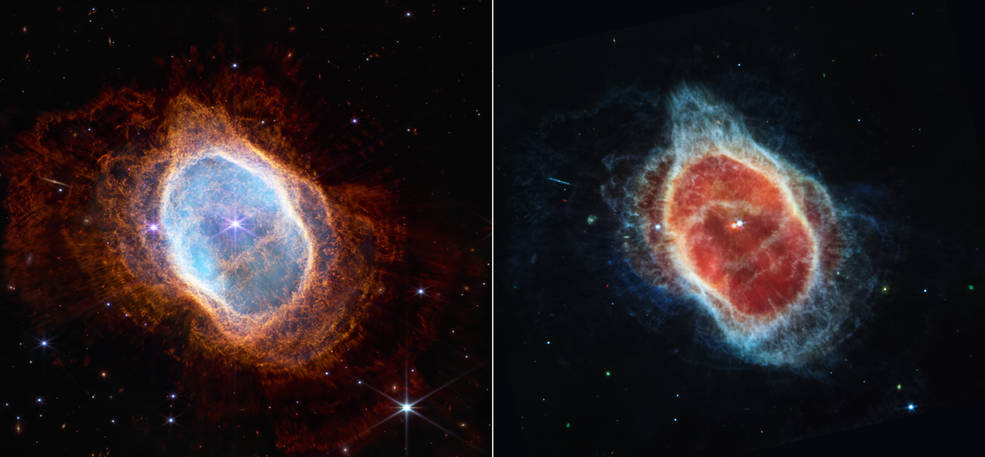
Southern Ring Nebula
Some stars save the best for last.
The dimmer star at the center of this scene has been sending out rings of gas and dust for thousands of years in all directions, and NASA’s James Webb Space Telescope has revealed for the first time that this star is cloaked in dust.
Two cameras aboard Webb captured the latest image of this planetary nebula, cataloged as NGC 3132, and known informally as the Southern Ring Nebula. It is approximately 2,500 light-years away.
Webb will allow astronomers to dig into many more specifics about planetary nebulae like this one – clouds of gas and dust expelled by dying stars. Understanding which molecules are present, and where they lie throughout the shells of gas and dust will help researchers refine their knowledge of these objects.
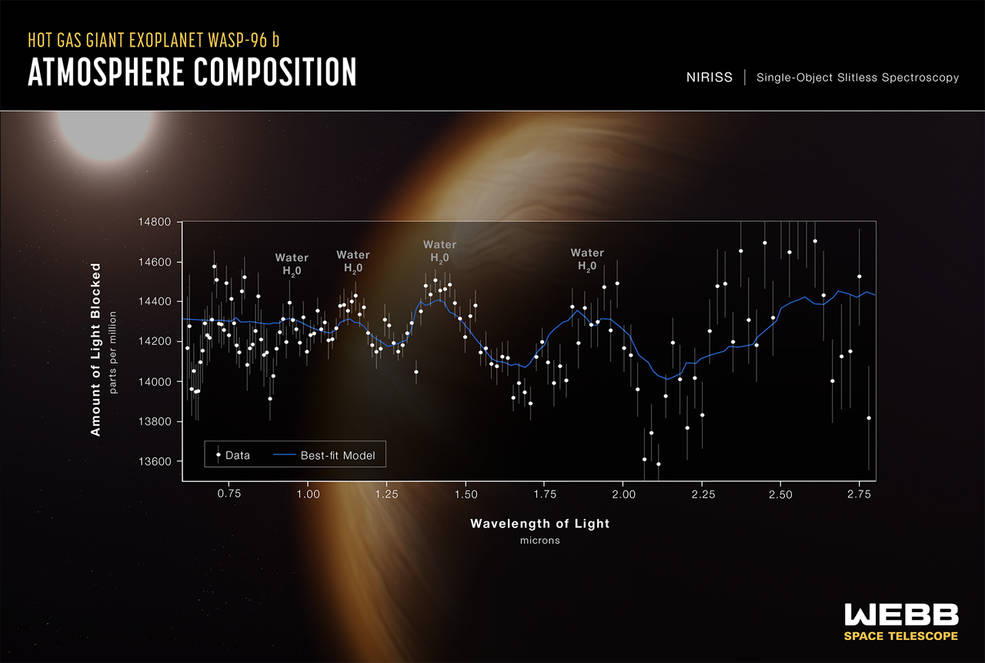
WASP-96 b
NASA’s James Webb Space Telescope has captured the distinct signature of water, along with evidence for clouds and haze, in the atmosphere surrounding a hot, puffy gas giant planet orbiting a distant Sun-like star.
The observation, which reveals the presence of specific gas molecules based on tiny decreases in the brightness of precise colors of light, is the most detailed of its kind to date, demonstrating Webb’s unprecedented ability to analyze atmospheres hundreds of light-years away.
While the Hubble Space Telescope has analyzed numerous exoplanet atmospheres over the past two decades, capturing the first clear detection of water in 2013, Webb’s immediate and more detailed observation marks a giant leap forward in the quest to characterize potentially habitable planets beyond Earth.
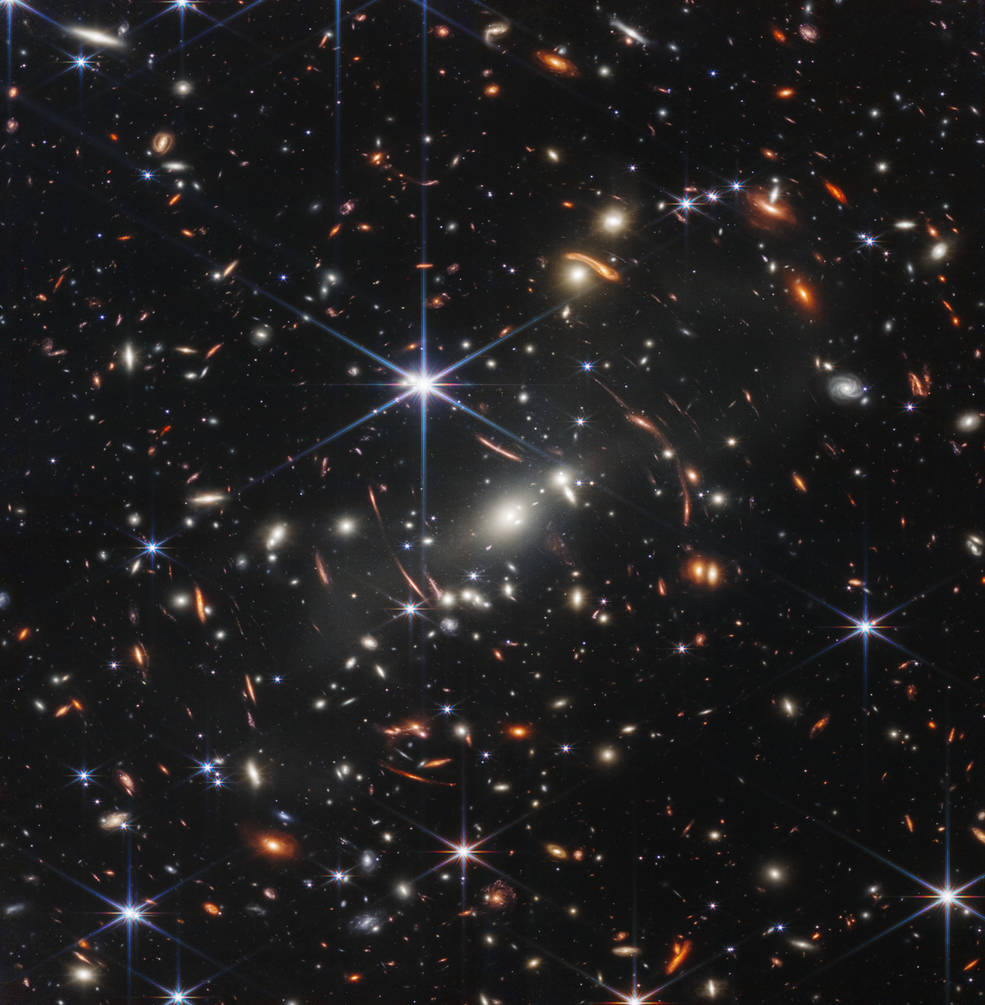
SMACS 0723
NASA’s James Webb Space Telescope has produced the deepest and sharpest infrared image of the distant universe to date. Known as Webb’s First Deep Field, this image of galaxy cluster SMACS 0723 is overflowing with detail.
Thousands of galaxies – including the faintest objects ever observed in the infrared – have appeared in Webb’s view for the first time. This slice of the vast universe covers a patch of sky approximately the size of a grain of sand held at arm’s length by someone on the ground.
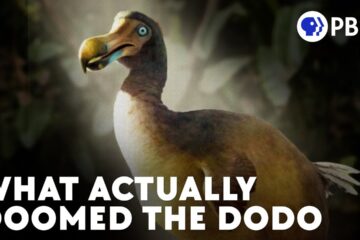
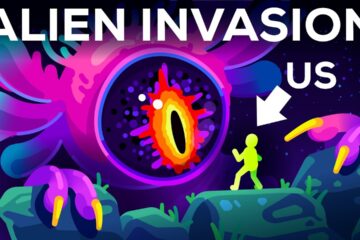

1 Comment
TURBOMARCOW (@Fadenaffe) · 15. Juli 2022 at 18:15
Der ersten Bilder des James Webb Space Telescopes https://t.co/GW1GWLEJle